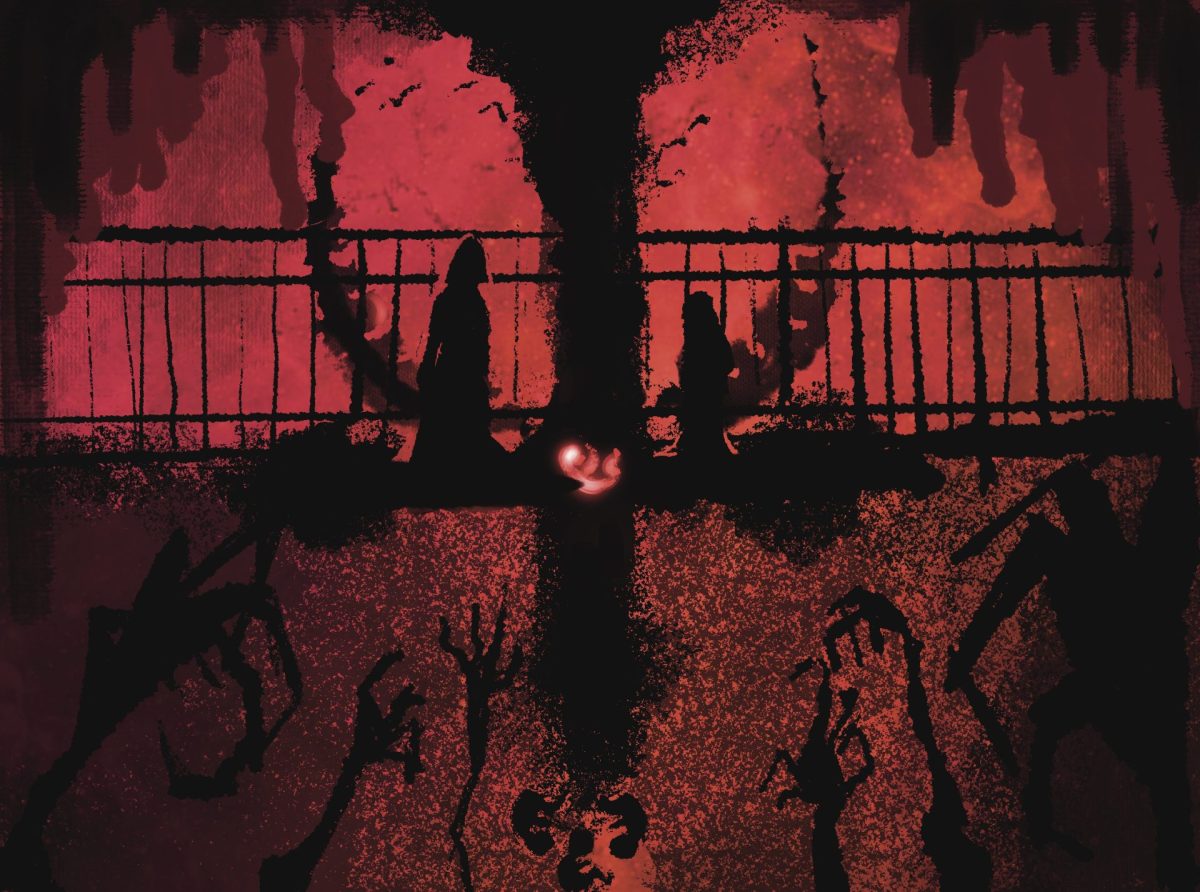Chicago may be buzzing with excitement over the Museum of Contemporary Art’s (MCA) featured Takashi Murakami exhibit, but just a floor below is a captivating installation featuring the work from local Chicago artist Amanda Williams.
Williams is an artist with a degree in architecture from Cornell University, and much of her art reflects her experiences growing up on the South Side of Chicago. Her installation features sculptures, maps, photos and videos that demonstrate the intersections between architecture, race and urban communities and how those relationships influence the narratives behind cities. Maps and photos of the South Side line the walls and gold-covered bricks fill the room, calling attention to links between race, architecture and consumerism.
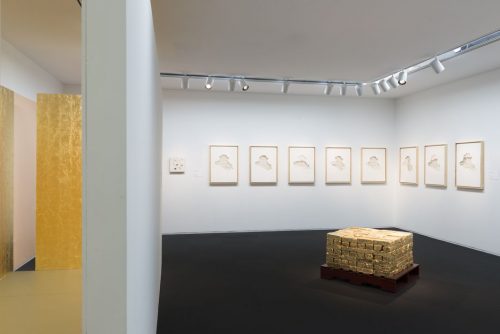
(Photo Courtesy of MCA Chicago)
In Williams’ video presentation “Color(ed) Theory,” the artist documented Englewood community members painting houses appointed for demolition in colors that Williams associated with the African American community and products they consume. As outlined in a brochure provided by the MCA to accompany the exhibit, the pallet included colors like Ultrasheen blue, Harold’s Chicken Shack red, Flamin’ Hot Cheetos orange and Crown Royal purple. By covering houses in these colors, Williams takes an important, but often overlooked, element of culture and makes it extremely noticeable. Through the project, Williams hopes to create a conversation around the ever-changing landscape of the neighborhood facilitated by people who are actually in the community.
In the middle of the gallery stands a carefully constructed stack of withered bricks leafed in imitation gold. For the piece, “It’s a Goldmine/Is the Gold Mine?” Williams collected the bricks from a demolished house in Englewood and used gold to demonstrate how differently the bricks are viewed from when they were a undervalued house to when they became an art exhibit. Looking at the difference between how they are perceived brings to light what the city finds important and how the city views its communities.
In her series of maps titled “Chiraq” also featured in the installation, Williams overlays intricate cut-outs of maps of Chicago neighborhoods and maps of Iraq. The title of the piece comes from a nickname given to the city around 2012 during a time when the United States was at war with Iraq and Chicago had one of the highest murder rates in the country, and it calls attention to the narrative behind the city of Chicago.
By having her work displayed in the MCA, Williams makes these issues more visible to a demographic of people who may not think about them as much. Bringing images and stories from areas of the South Side like Englewood into an affluent area of downtown Chicago demands that the city take a closer look at the rhetoric behind certain neighborhoods, how the city treats its communities and how that affects the city as a whole. Not one area is mutually exclusive from the other in the broad narrative of the Chicago, and Williams hopes to create a conversation around the disparities with the work she displays. The statements she makes with her art demand to be recognized.
Amanda Williams’ exhibit will be on display at the MCA until Dec. 31.





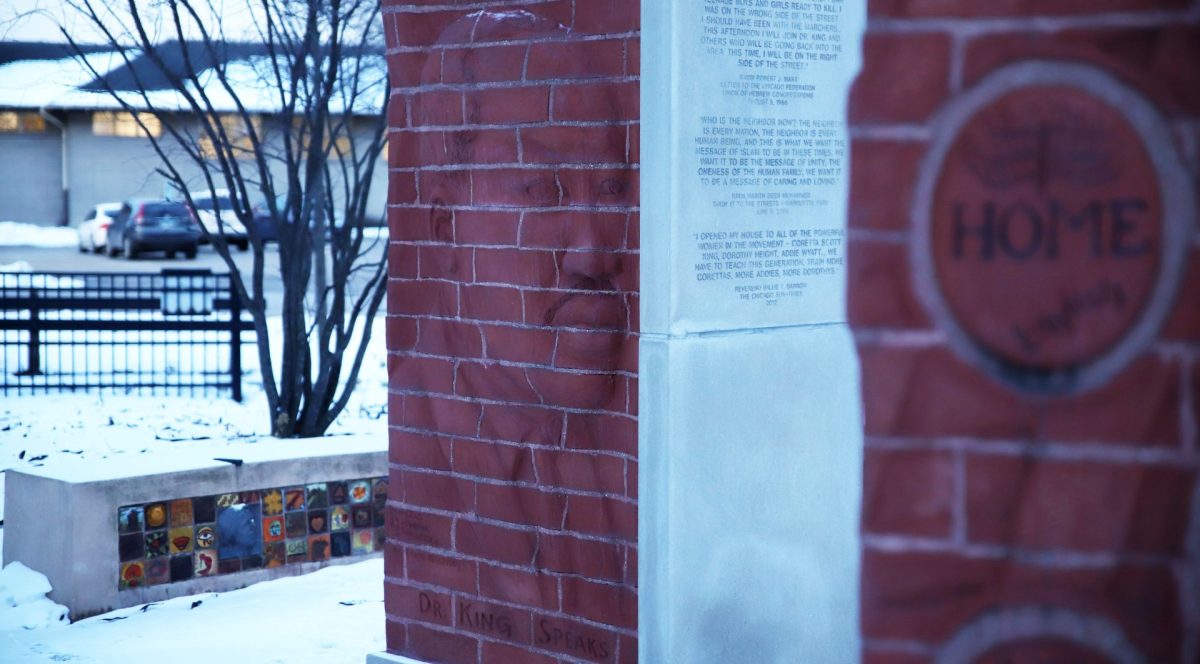
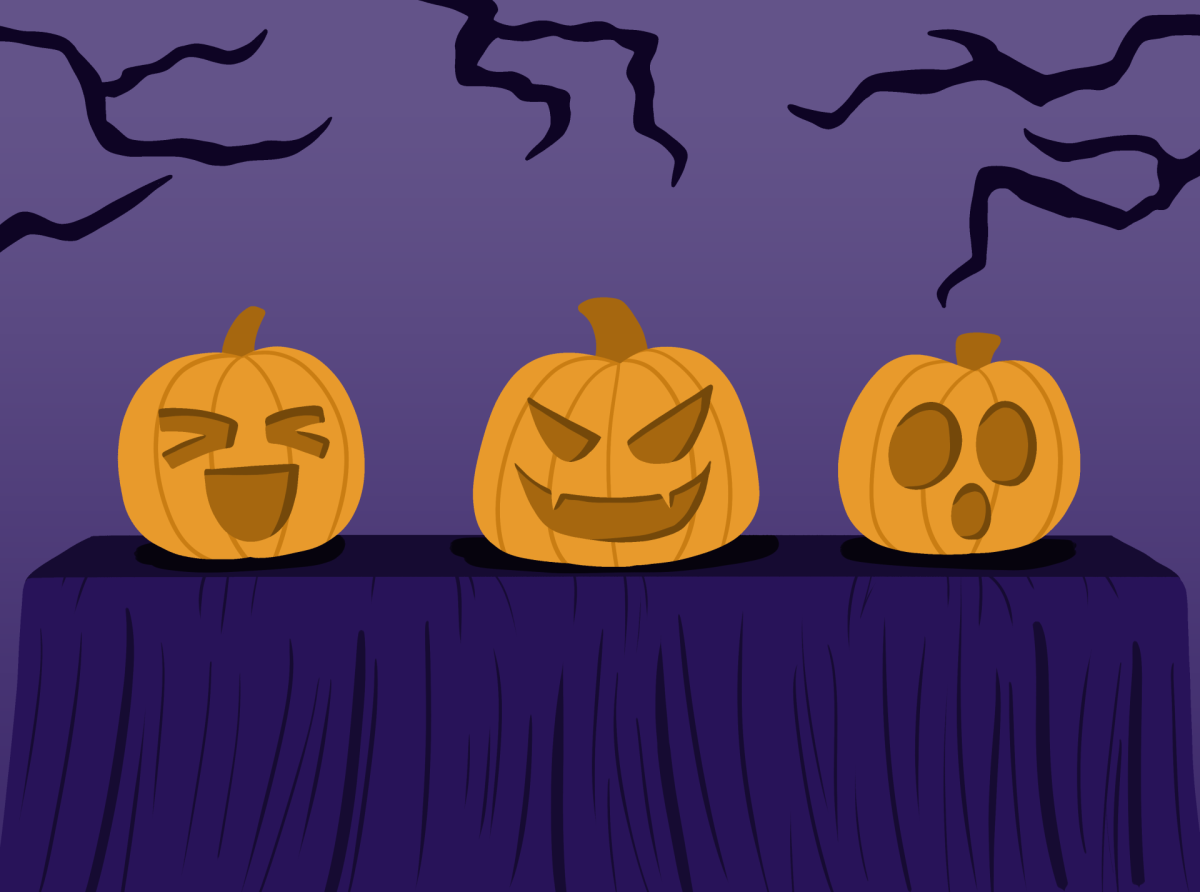
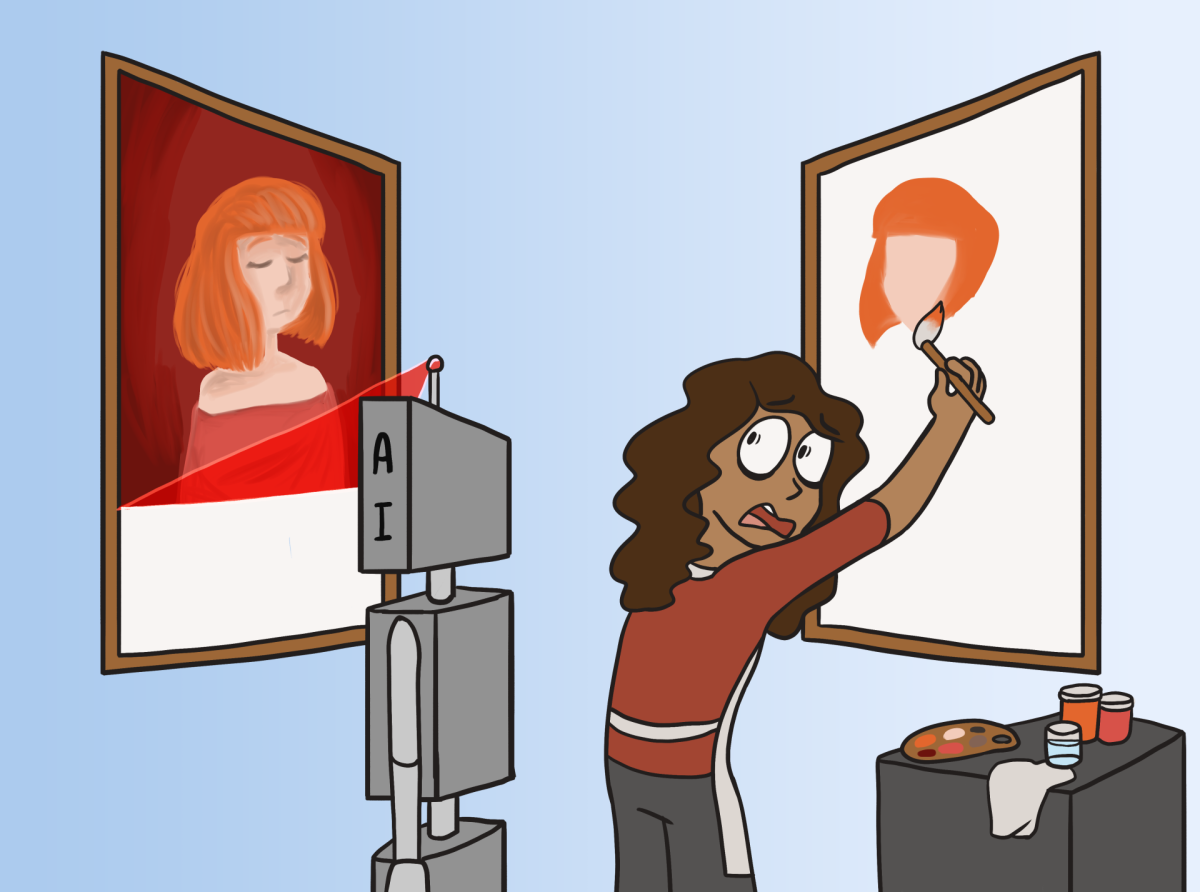

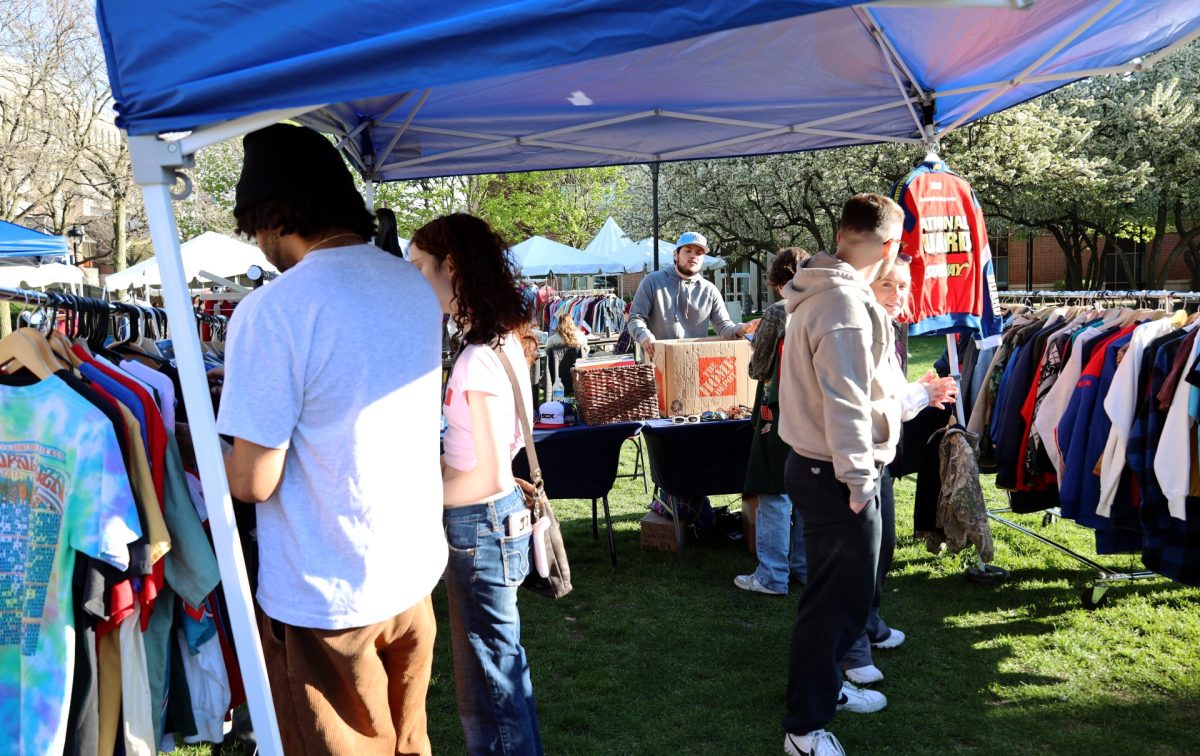

![DePaul sophomore Greta Atilano helps a young Pretty Cool Ice Cream customer pick out an ice cream flavor on Friday, April 19, 2024. Its the perfect job for a college student,” Atilano said. “I started working here my freshman year. I always try to work for small businesses [and] putting back into the community. Of course, interacting with kids is a lot of fun too.](https://depauliaonline.com/wp-content/uploads/2024/04/ONLINE_1-IceCream-1200x800.jpg)

